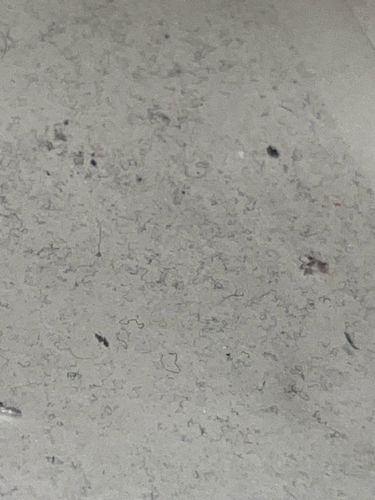Springtails
Scientific Name: Class Collembola (not a single scientific name as it is a class, but covers many species)
Order & Family: Collembola (Order); various families within Collembola, such as Entomobryidae, Isotomidae, Sminthuridae.
Size: Typically 0.2 mm to 10 mm, with most common species being around 1-3 mm.

Natural Habitat
Springtails are ubiquitous and found in diverse moist environments including soil, leaf litter, decaying wood, compost, under bark, in caves, and even on the surface of freshwater bodies. Some species can also be found in ant nests.
Diet & Feeding
Springtails are detritivores, primarily feeding on decaying organic matter, fungi, algae, and bacteria. Some species also consume plant roots or pollen.
Behavior Patterns
Springtails often move with a characteristic springing motion, using a furcula (a tail-like appendage) on their abdomen to jump. They are typically found in moist environments and can be seen in large aggregations, especially on the surface of water or in damp soil. They undergo ametabolous development, meaning they grow through successive molts without significant changes in form.
Risks & Benefits
Generally, springtails are harmless to humans and are not known to transmit diseases. They can sometimes be a nuisance in very large numbers indoors, especially in damp areas like bathrooms or basements. Ecologically, they are highly beneficial as decomposers, playing a crucial role in nutrient cycling and soil health. Some species can be beneficial in controlling mold growth. In rare cases, some species might cause minor damage to plant seedlings by feeding on roots or emerging shoots, but this is uncommon and usually not economically significant.
Identified on: 8/29/2025